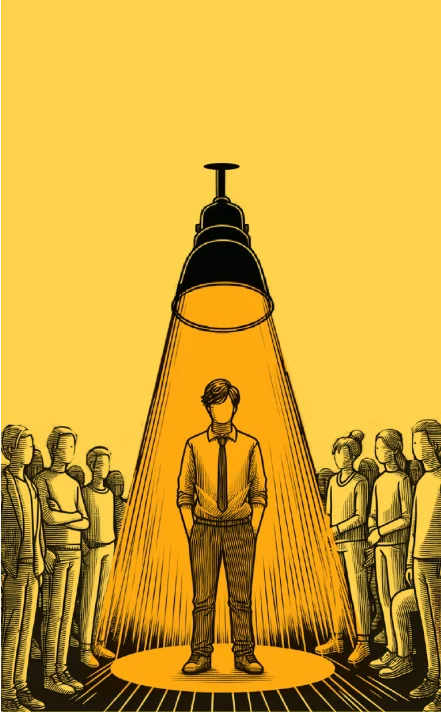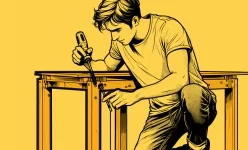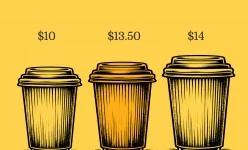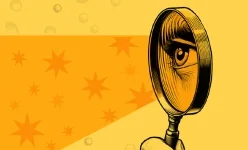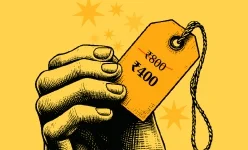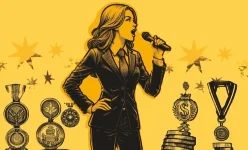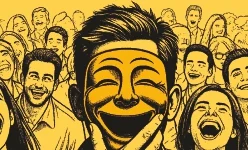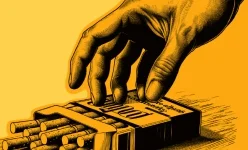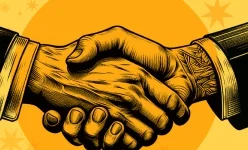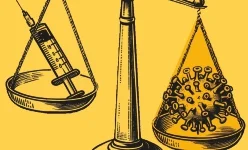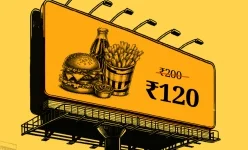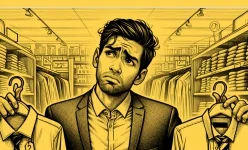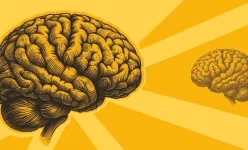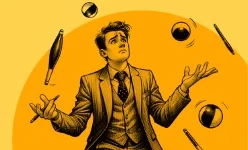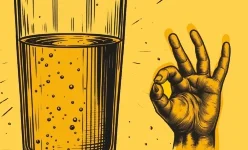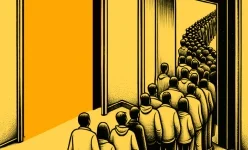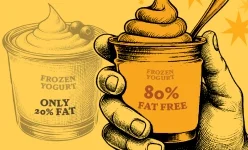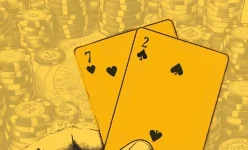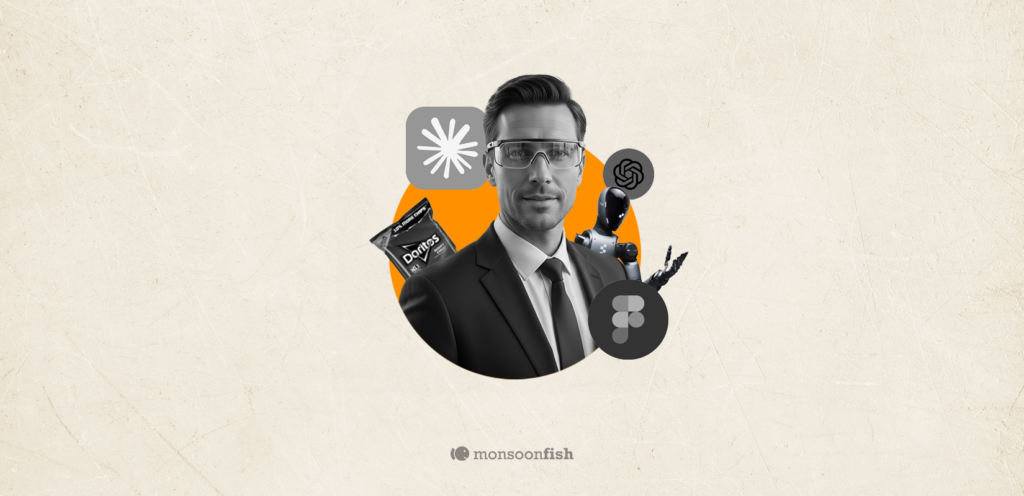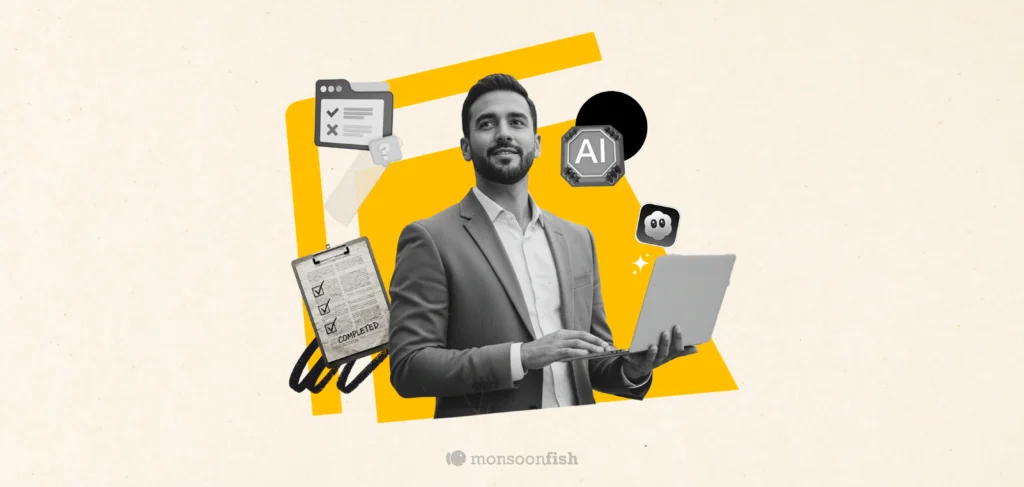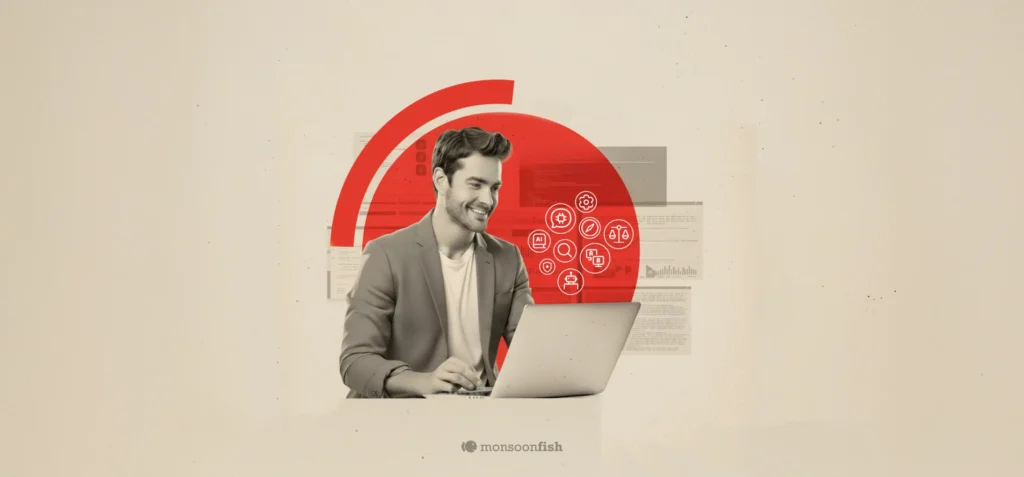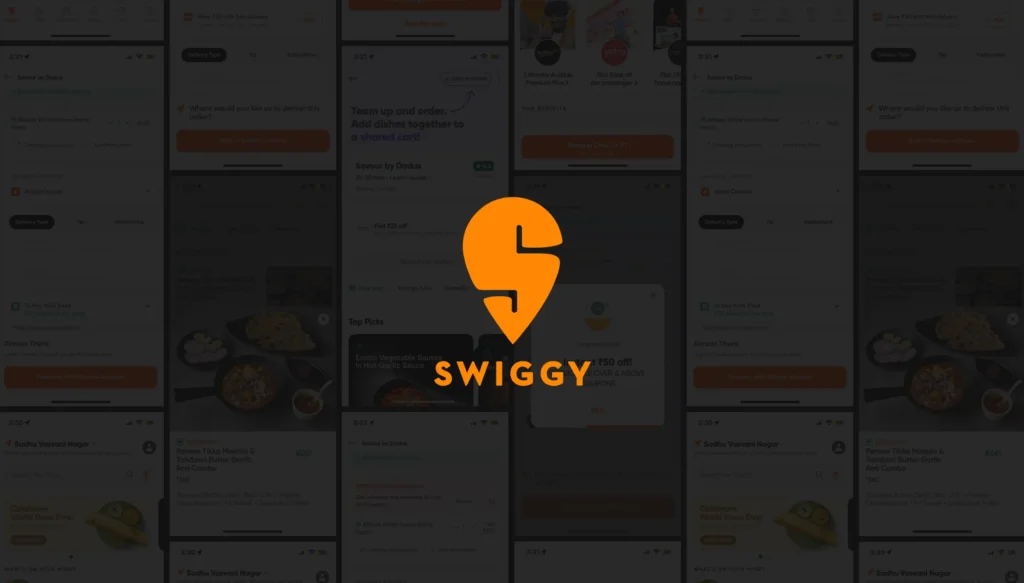Spotlight Effect
The tendency to believe that we are being noticed more than we really are.
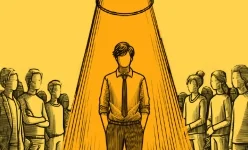
Spotlight Effect
Anjali had been preparing for weeks for her first public presentation at work. She had carefully rehearsed her speech, double-checked her slides, and even practiced in front of a mirror. As the day approached, her nerves grew. What if she stumbled over her words? What if people noticed a mistake in her presentation?
Finally, the big day arrived. As Anjali stood in front of her colleagues and began speaking, she immediately felt the weight of all eyes on her. Every slight quiver in her voice and every pause between sentences felt exaggerated in her mind. During a section of her presentation, she accidentally clicked the wrong slide. For a brief moment, she froze, but quickly corrected it.
She finished the presentation feeling a mix of relief and lingering self-doubt. Later, during a break, she overheard two colleagues chatting. One of them mentioned, “She did great, but did you notice the way she hesitated when she clicked the slide? It was so awkward.
Anjali’s stomach sank. She thought to herself, “Everyone must have noticed. They probably think I was unprepared. I’ve ruined my chance to make a good impression.”
But what Anjali didn’t realize was that her proven results spoke louder than her small misstep. The truth was, her mind had magnified the moment far beyond reality.
This is the spotlight effect. Anjali believed everyone was paying close attention to her every move, particularly her mistake. In reality, people were focused on their own concerns, and her error was a fleeting moment that went unnoticed by most. This bias caused Anjali unnecessary anxiety, making her feel as if all eyes were on her when, in fact, they weren’t.
Contents
CATEGORIES
